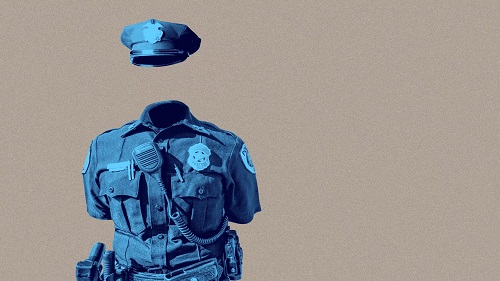
8.8.2 – AXIOS
Police departments across the country are facing severe staffing shortages as they struggle to recruit and retain officers, and many departments have been forced to find new ways to fill the gaps.
Why it matters: The shortages have coincided with a spike in crime across the nation. The rate of violent crimes in the U.S. in 2020 rose for the first time in years, while the murder rate spiked 30%, the biggest increase since record-keeping began in 1960.
- The change is reflected in cities across the country. Firearm homicides in Denver surged in 2021, totaling more than double the 2015 rate.
- Philadelphia in 2021 saw the largest number of homicides ever recorded in the city, up nearly 13% from 2020.
- Virginia saw a 2.5% increase in violent crime from 2020 to 2021, though rates are still lower than they were a decade ago. The state’s murder rate, however, nearly doubled between 2011 and 2021.
- Portland’s homicide rate has surged 207% since 2019, AP reported.
The big picture: Several factors are driving police shortages at a time when the spotlight remains on excessive force cases and law enforcement agencies with patterns of abuse.
- “We’re getting more calls for service and there are fewer people to answer them,” Philadelphia Police spokesperson Eric Gripp told AP. “This isn’t just an issue in Philadelphia. Departments all over are down and recruitment has been difficult.”
- Police departments have struggled with low pay and were not immune to the so-called “great resignation” brought on by the COVID-19 pandemic, per CNN.
- A June 2021 national survey from the Police Executive Research Forum found a 45% increase in retirements and an 18% jump in resignations compared to the previous year.
State of play: Staffing problems have forced some departments to get creative to meet demand and the changes are having a widespread impact on services.
- Last year, the Massachusetts State Police, already facing staffing shortages and expecting to lose as many as 250 members in 2021, moved nearly four dozen troopers who typically investigate crimes like homicides and arson to street patrol, AP reported.
- The Kansas City Police Department is operating with 100 fewer non-law enforcement roles filled — including 911 dispatchers — and 200 fewer officers, CNN reported. Among other effects, the result has meant longer wait times at 911 call centers.
- Los Angeles, operating with more than 650 fewer officers than before the pandemic, has “downsized its human trafficking, narcotics and gun details,” closed its animal cruelty unit, and decreased its homelessness outreach teams by 80%, AP reported.
- In Seattle, staffing shortages meant fewer detectives investigating sexual assaults. In June, Seattle Police Chief Adrian Diaz announced that the police department would move more detectives and support staff from other units to meet the challenge, but that the department still has only 134 detectives compared to 234 in 2019.
What to watch: In June, the city of Phoenix approved a new pay scale for its police department, which has been facing a staffing shortage of more than 450 officers. The new pay scale, effective on Monday, makes the Phoenix police department the highest paid in the state.
- Seattle, which has lost more than 400 officers since 2019, announced plans in June to hire another 500 officers and pay hiring bonuses.
- Earlier this summer, Atlanta’s police department requested $235 million be included in next year’s budget to help it hire new officers, retain employees and combat rising crime.
